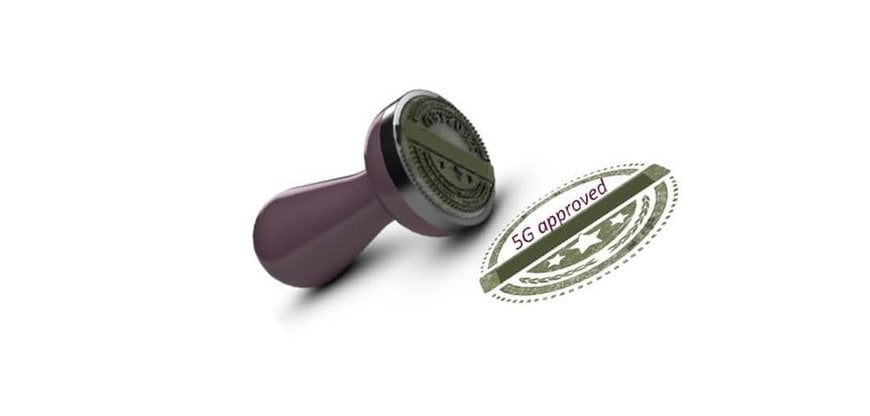World’s first non-cellular 5G technology, ETSI DECT-2020, gets ITU-R approval, setting example of new era connectivity
ETSI DECT-2020 NR, the world’s first non-cellular 5G technology standard, has been recognized by the WP5D of the International Telecommunication Union’s Radiocommunication Sector (ITU-R) and included as part of the 5G standards in IMT-2020 technology recommendation.

Dr. Günter Kleindl, Chair of the ETSI Technical Committee DECT, says: “With our traditional DECT standard we already received IMT-2000 approval by ITU-R twenty-one years ago, but the requirements for 5G were so much higher, that we had to develop a completely new, but compatible, radio standard.” Released last year, the standard sets an example of future connectivity: the infrastructure-less and autonomous, decentralized technology is designed for massive IoT networks for enterprises. It has no single points of failure and is accessible to anyone, costing only a fraction of the cellular networks both in dollars and in carbon footprint.
The IoT standard, defined in ETSI TS 103 636 series, brings 5G to the reach of everyone as it lets any enterprise set up and manage its own network autonomously with no operators anywhere in the world. It eliminates network infrastructure, and single point of failure - at a tenth of the cost in comparison to cellular solutions. It also enables companies to operate without middlemen or subscription fees as well as store and consume the data generated in the way they see best fitting for them (on premises, in public cloud or anything in between).
Another democratizing aspect is the frequency. The new ETSI 5G standard supports efficient shared spectrum operation enabling access to free, international spectrums such as 1,9 GHz. Jussi Numminen, Vice Chair of the ETSI Technical Committee DECT, explains: “There’s a lot of talk about private networks but this is the first 5G technology which can support shared spectrum operation and multiple local networks in mobile system frequencies. We see this as a fundamental requirement for massive digitalization for everyone. With the ETSI standard you get immediately access to a free, dedicated 1,9 GHz frequency internationally. It is a perfect match for massive IoT.”
Technology-wise the non-cellular 5G is built on completely different principles from cellular 5G. One of the biggest differences – and advantages – is the decentralized network. In a non-cellular 5G network, every device is a node, every device can be a router – as if every device was a base station. The devices automatically find the best route; adding a new device into the network routing works autonomously as well and if one device is down, the devices will re-route by themselves. It means reliable communication eliminating single point of failures.
A decentralized mesh with short hops and small transmission power also means a significantly lower carbon footprint of the communications system. A recent study in Tampere University in Finland saw an approximately 60% better energy efficiency at system level compared to traditional cellular topology with the same radio energy profile.
The ETSI DECT-2020 NR standard is suited for businesses such as smart meters, Industry 4.0, building management systems, logistics and smart cities. It will assist in the urbanization, building, and energy consumption in the construction of these smart cities. It also opens opportunities for new use cases, scaling at mass the levels of communication for the future. The energy transition from fossil fuels to electricity boost local renewable energy production and consumption market requiring new communication capabilities. This creates a circular economy and allows for the traceability of goods, raw materials and waste.
ETSI DECT-2020 NR in a nutshell:
- No middleman
- No infrastructure
- No subscription fees
- Free dedicated international frequency
- Dense and massive network capabilities
- One tenth of the cost of cellular
- Lowest carbon footprint of large-scale networks

